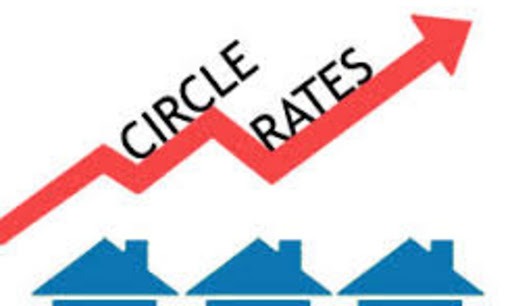Most first-time homebuyers are not aware of circle rates and how it is going to impact them. How the circle rate is different from the market rate? Like these, lots of questions come up in the mind of a curious millennium homebuyer. Neither a real estate agent or a person associated with property transactions shares any details about the circle rate and its tax implications.
Not to worry, Square Yards is here to resolve the mystery surrounding circle rates and its tax implications for a homebuyer so that you can make a more informed decision.
What is the circle rate?
The minimum rate at which any sale transaction or allocation of a real estate property (plot, apartment, build-up house or commercial property) can occur is called Circle Rate. Circle Rate is also known as Ready Reckoner Rate or Floor Price.
The circle rates are usually determined by local government authorities or the state government, in line with what they perceived the value of the property as sale or transfer should be done. Circle rates differ within cities in the same state and amongst various localities of a city. The rates are revised from time to time based on demand & supply situation and development of the area. But circle rates are not often revised to match the movement in market prices. This is the reason why the circle rate can sometimes be higher or lower than the actual market price.
What is the market rate?
The market rate is the price agreed between the buyer and seller for a particular property. The final price is based on mutual agreement between buyer and seller. Market rates are determined by demand and supply mechanism, an area with low supply but high demand consequently command higher prices when compared to other areas. Generally, market rates are much higher than circle rates in most of the Indian cities.
Importance of circle rate
- Circle rate is used to calculate capital gain tax – Suppose the value of a property based on circle rate in a particular locality is INR 50 lakh and the market value of that property is INR 45 lakh, but the buyer pays stamp duty on INR 50 lakh. The difference between circle rate and market price (INR 5 lakh) is considered as income from other source and capital gain tax is calculated on circle rate.
- The stamp duty and registration charges are calculated based on the circle rate as per statutory norms. The stamp duty and registration charges are imposed on the higher value of two i.e. circle rate or market rate.
- For property sellers, even if the market value of a property is less than the circle rate, the capital gain tax is charged on the existing value of the property as determined by the existing circle rate.
- As the gap between circle rate and market rate narrows a greater number of genuine buyers with legitimate money start entering the real estate market. Whereas, in such a situation the number of transaction frequency decreases and market witnesses’ fewer amount of black money parked into real estate assets.
It is significantly important to know about both the circle rate and market rate before buying any real estate property. Knowing market rate help you understand your property buying potential and indicate the extent of appreciation in that locality. Since home loans are approved based on sales deed which is closer to circle rate, a lower gap between circle rate and the market rate will be beneficial.





